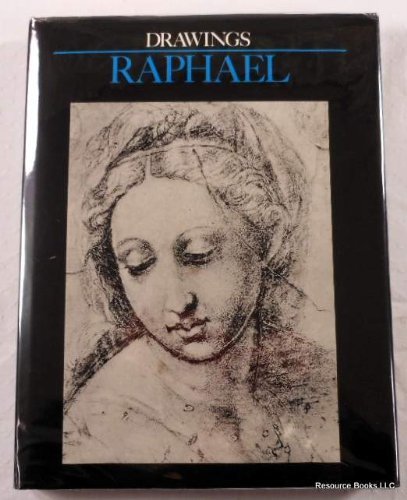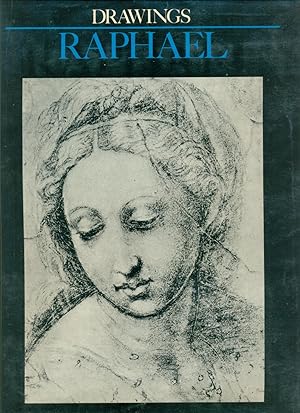raphael siblik jiri (2 Ergebnisse)
Produktart
- Alle Produktarten
- Bücher (2)
- Magazine & Zeitschriften
- Comics
- Noten
- Kunst, Grafik & Poster
- Fotografien
- Karten
-
Manuskripte &
Papierantiquitäten
Zustand
- Alle
- Neu
- Antiquarisch/Gebraucht
Einband
- alle Einbände
- Hardcover
- Softcover
Weitere Eigenschaften
- Erstausgabe (1)
- Signiert
- Schutzumschlag
- Angebotsfoto (1)
- Kein Print-on-Demand
Land des Verkäufers
Verkäuferbewertung
-
Raphael, Drawings
Verlag: 3M Books, St Paul, Minnesota, U.S.A., 1983
ISBN 10: 0881598003ISBN 13: 9780881598001
Anbieter: Scout & Morgan Books, Cambridge, MN, USA
Buch Erstausgabe
Zustand: Very Good. Zustand des Schutzumschlags: Very Good. Limited Edition. Oversized hardcover. Cloth. 44pp. with 60 plates. Gift inscription else no marks. Dust jacket is protected in mylar. An attractive copy!.
-
Raphael, Drawings
Verlag: 3M Books, St Paul, Minnesota, U.S.A., 1983
ISBN 10: 0881598003ISBN 13: 9780881598001
Anbieter: CHARLES BOSSOM, Ely, CAMBS, Vereinigtes Königreich
Buch
Hard Cover. Zustand: Very Good. Zustand des Schutzumschlags: Very Good. 60 Plates (illustrator). Dust jacket complete in a clear protective sleeve. Black cloth covered boards with bright gilt titling on uper cover ans spine. No ownership inscription. 44 pages of test. 60 plates clean and tight. Includes 60 collotype reproductions-one a three-page foldout-and a controversial new theory about the School of Athens fresco in the Vatican. Why did the French painter Gustave Courbet once say that he wished he could- have struck Raphael in the face? What made Raphael a more celebrated artist than his contemporaries-including Michelangelo and Leonardo da Vinci? Have art critics' been wrong for thre centuries about the School of Athens fresco in tho.Vatican? In Raphael: Drawings, Jill Siblik. and Susan Perry address these and other fascinating questions about the most famous artist of the .High Renaissance. They explain why, over four hundred years after his death, Raphael continues to inspire an al- most religious fervor among artists and art lovers alike. According to his biographt r Giorgio'Vasari, "Raphael lived more like a prince than a painter." Handsome and charming, favored by princes and popes, and surrounded by a. coterie of assistants, friends, patrons, and mistresses, Raphael did not fit the usual description of the moody or tortured artist, Orphaned at eleven, he led a happy and active social life for-inost of his thirty-seven years, and many of his works were not completed by him but instead by his apprentices. Neverthele s, he was the most widely renowned artist of his ''me. His serene and beautiful figures and his them s, which reconcile classical paganism with -Chr tianity, evince the pure, balanced harmony that wws the essence of the Renaissance. Best known for his paintings, frescoes,oand tapestries, Raphael also created numerous drawings and studies. Many were preparatory sketches for later works and thus have special significance. Those that survive-and there is no way of knowing how many there once were, although two cases purchased by-a sixteenth-century art dealer reportedly contained some 500-are considered among the most elegant and moving drawings in the world. Size: 4to.



